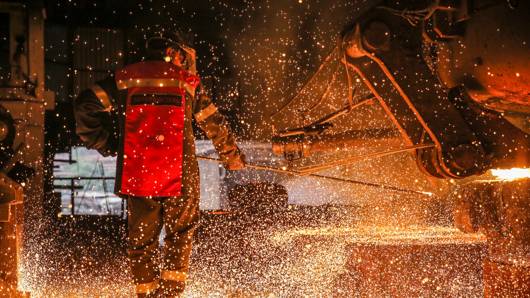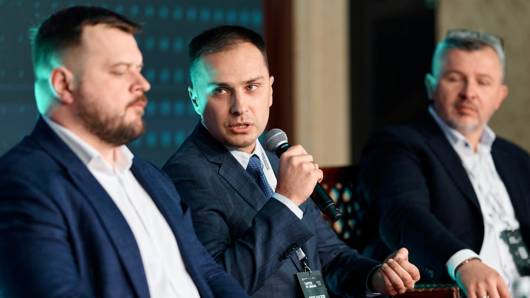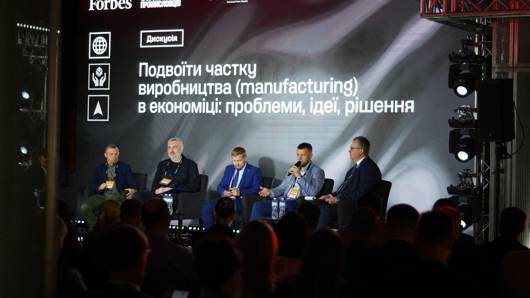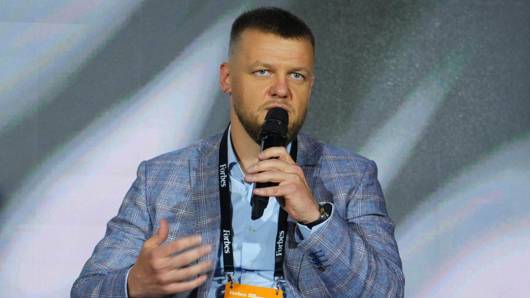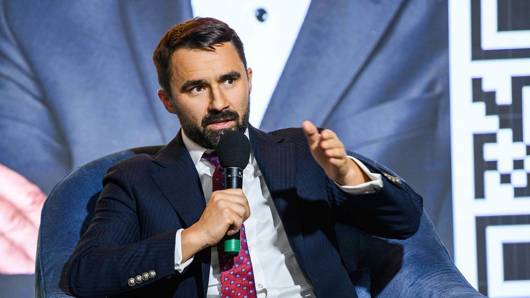Serhii Skorbun, head of the external projects coordination department in the CEO’s office at Metinvest Group, spoke at the Western Ukrainian Business Forum in Ivano-Frankivsk about the need for the state to support industry, the conditions required to increase production and the potential synergies between Ukraine and Europe during the metallurgical sector’s green transition.
The region’s largest business event brought together over 20 speakers, including representatives of business, government, the public sector, and members of the investment community.
The forum discussed strategies for the development of Ukrainian business during wartime, investment opportunities, technological innovation and partnerships between the state and the private sector. The event was organised by the Ivano-Frankivsk Business Association.
Serhii Skorbun took part in the “Strong Industry – a Driver of Economic Growth” panel discussion. The discussion also featured executives from Modern-Expo Group and the Textile-Contact Group of Companies, as well as a representative of the Parliamentary Committee on Economic Development.
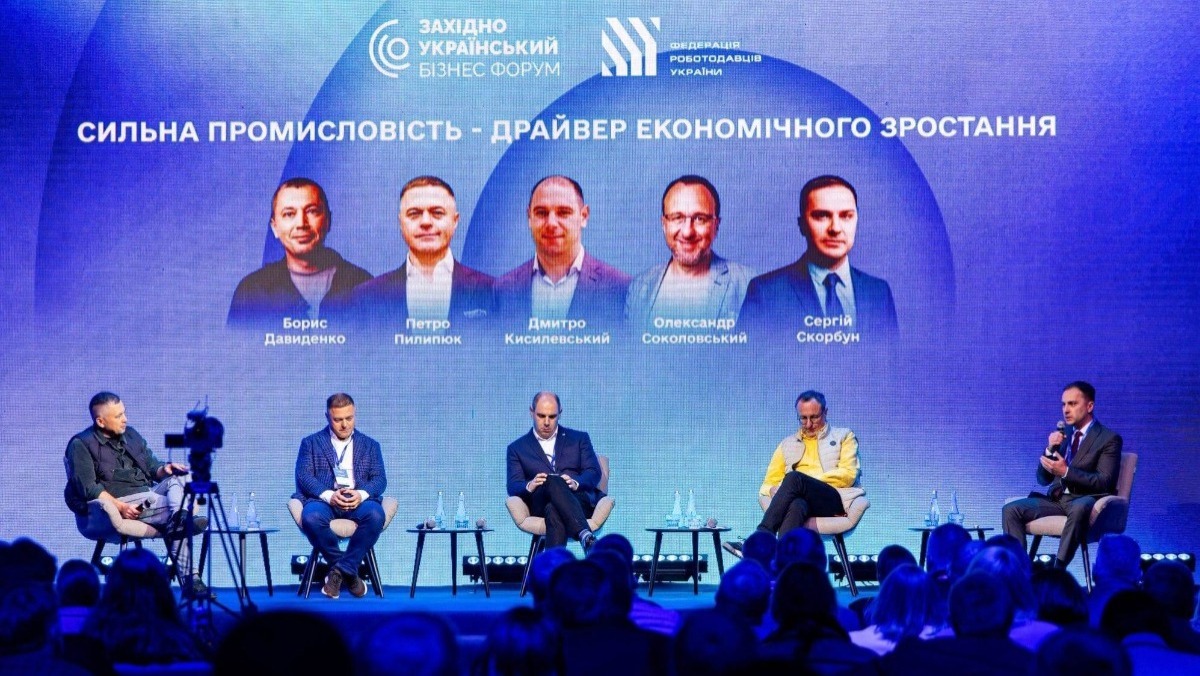
Why industry matters
According to Serhii Skorbun, before the war, Ukraine’s mining and metals sector, together with related industries, accounted for around 10% of the country’s GDP. However, by 2023–2024, this figure had fallen to 5.5–5.7%.
Ukraine’s key metallurgical capacities are concentrated in the east of the country, which means the sector has suffered severe losses because of the war. Metinvest lost part of its assets after 2014, and during the full-scale invasion, the Group lost its steel plants in Mariupol and the Avdiivka Coke Plant. In addition, the Pokrovske Coal had to suspend operations this year. All of these enterprises were part of a single, integrated production chain for metallurgical products.
At the same time, metallurgy is a highly competitive and export-oriented industry, where Ukraine competes with Turkey, China, and Russia – the latter still supplies products to the EU while maintaining a strong lobbying presence.
Serhii Skorbun added that the sector survives because of its ability to adapt – adjusting production and sales to meet new market conditions.
According to him, two key contexts are crucial for the development of industry. The first context is people: industry brings together complex technological processes, management, trade and export, as well as information technologies – all of which contribute to the growth of individuals and the development of human capital across the country.
The second is national: a strong state cannot exist without a strong economy and the economy cannot be sustainable without a developed industrial base.
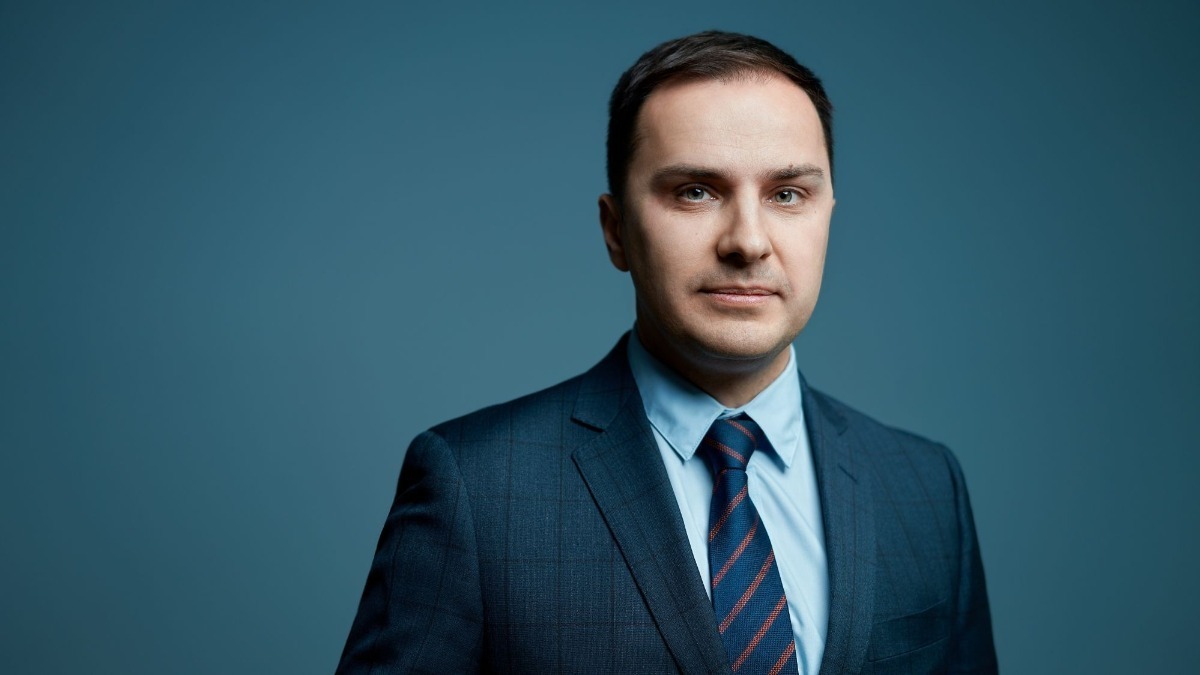
What state industrial policy should look like
According to the Metinvest executive, the primary task of business during wartime is to preserve enterprises, their workforces and the potential for growth that will be essential during the country’s post-war reconstruction.
One employee in the metallurgical sector creates around eight additional jobs in related industries – such as transport, energy, and services – while in the mining industry this ratio is approximately 1:4. Therefore, these export-oriented sectors, which bring foreign currency into the country, require consistent policies of support from the state.
“Small, medium and large businesses are all important for the state, as large enterprises create the foundation for the development of smaller ones. That is why big business must remain at the centre of national industrial policy,” he noted.
One of the key conditions for the survival of industrial enterprises is a clear and predictable tariff and tax policy. “In Ukraine, railway freight tariffs are higher than in neighbouring countries such as Poland and Slovakia. This is due to the outdated practice of shifting the costs of the social segment onto freight transport instead of financing these costs directly through the state budget. Globally, this issue is addressed through public service obligation (PSO) financing mechanisms: if the state orders a service, it pays for it – and anything unnecessary is reduced or optimised,” Serhii Skorbun added.
The second key condition is market access, primarily to the European market, which remains Ukraine’s main trade destination. To achieve this, the state must actively defend the interests of national producers at all levels.
“It is crucial for us to maintain our position on the European market – to sell our products at competitive prices and to modernise our enterprises in line with market requirements,” Serhii Skorbun said.
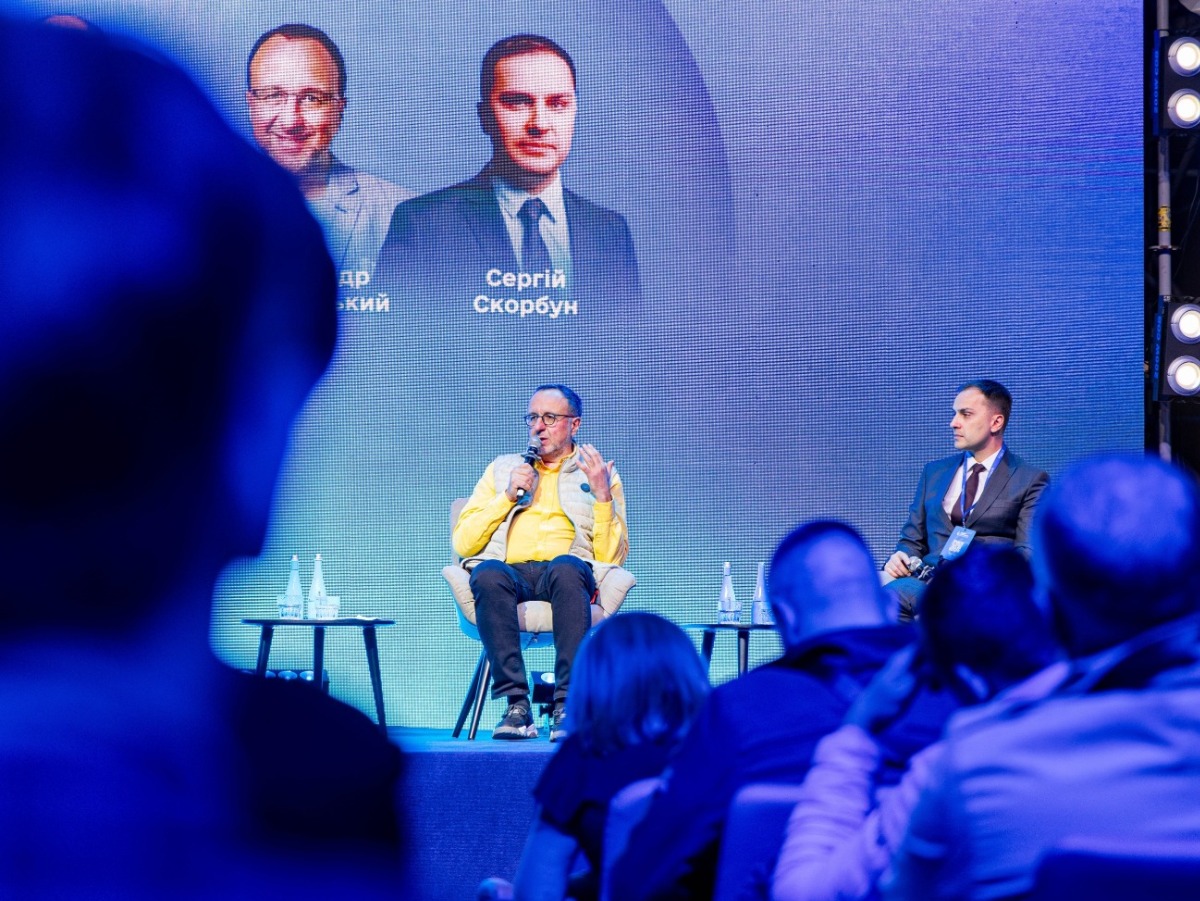
What is needed to double industrial production
The industrial sector requires stable operating conditions and affordable capital, as enterprises are built to last for decades, with equipment cycles that span 30 to 40 years. Looking ahead, the green transition – the decarbonisation of steel production with minimal CO₂ emissions – will demand multi-billion-dollar investments and a shift toward electric steelmaking technologies.
“To achieve this, we need security guarantees and access to affordable financing. The state must play a role in ensuring that international organisations support major Ukrainian industrial enterprises that are ready to invest,” said Serhii Skorbun.
The foundation of a strong industrial sector lies in Ukraine’s vast iron ore reserves, a resource that is almost absent in Europe. “For the green transition, European industries will need DRI pellets, which we are capable of producing. But this requires hundreds of millions of dollars in investment. Europe is potentially very interested in Ukrainian raw materials. This creates a powerful synergy between Ukraine and Europe, one that can be further developed in the future,” Serhii Skorbun explained.






